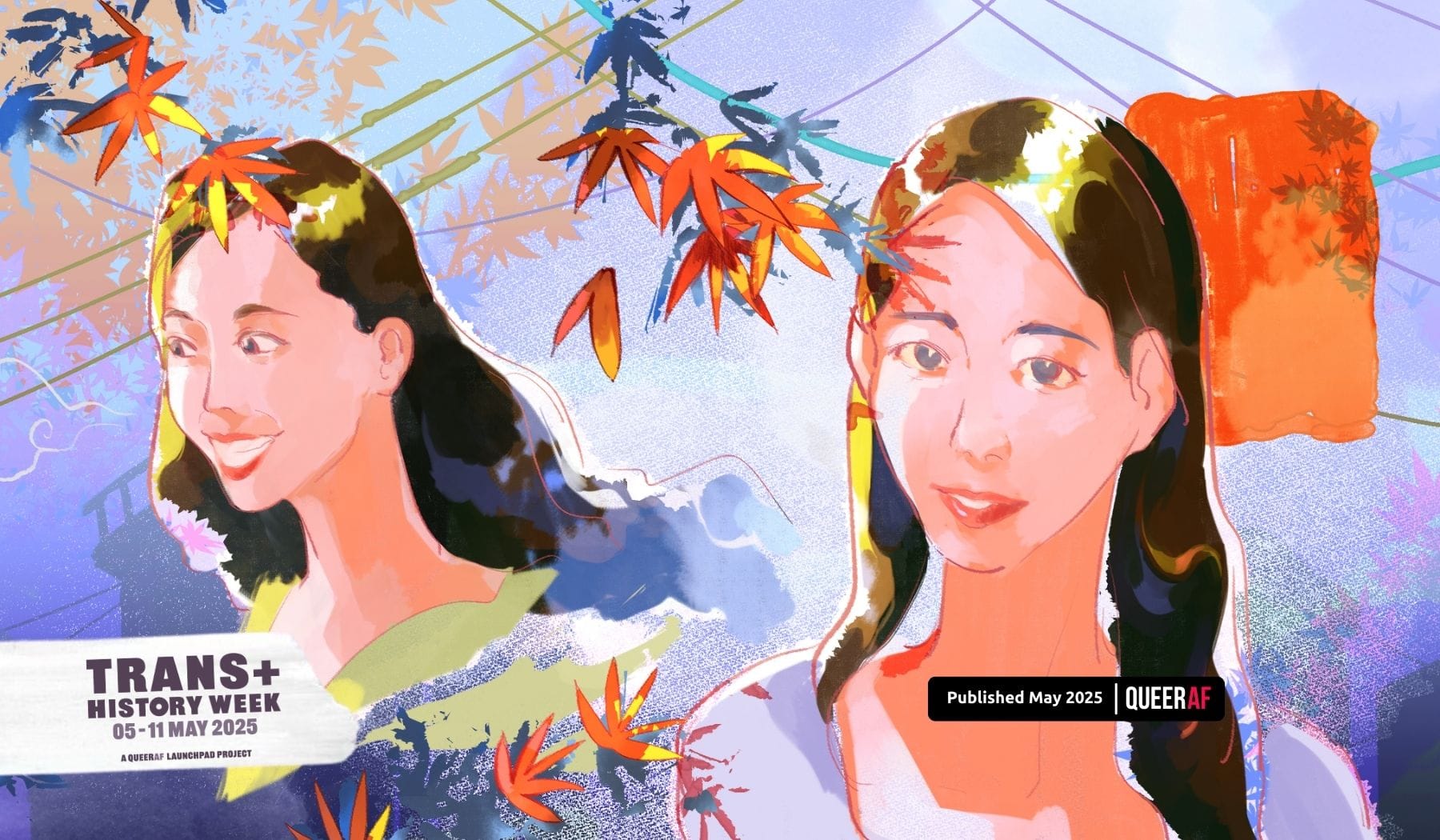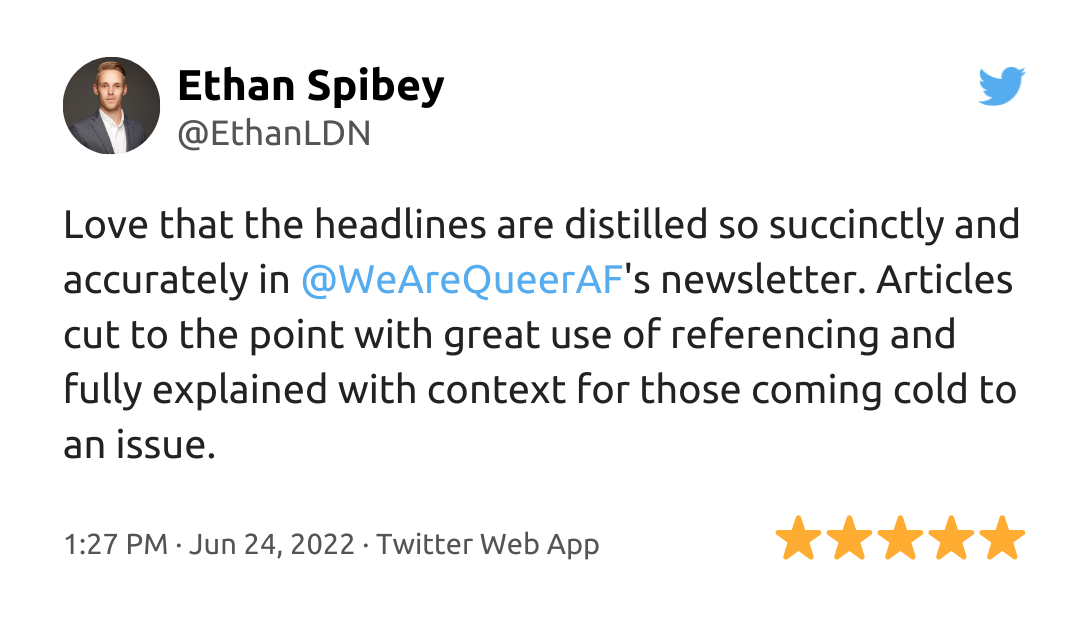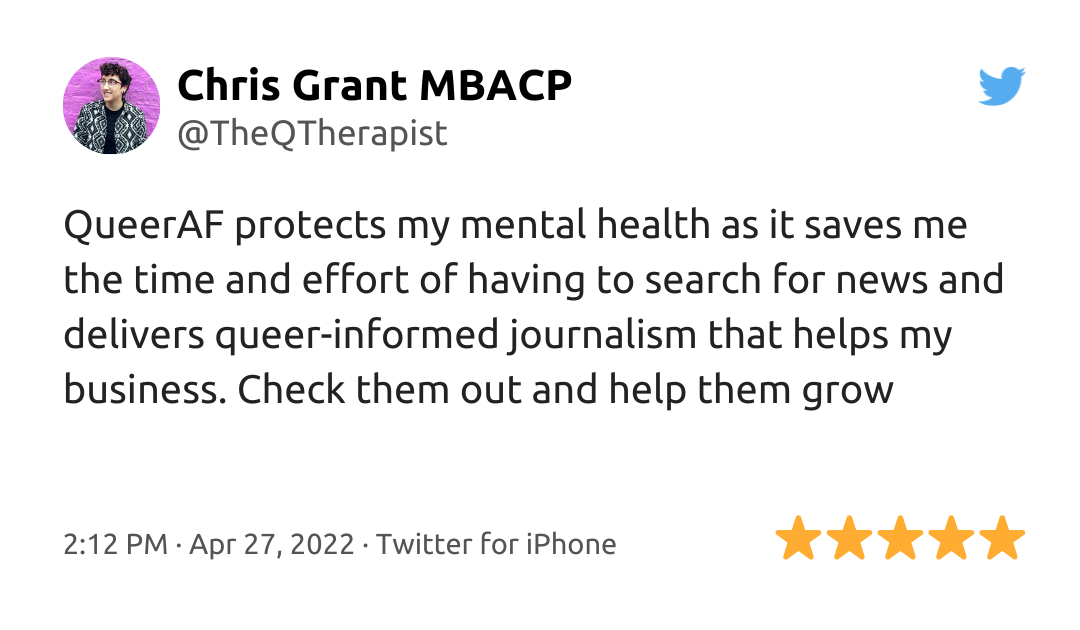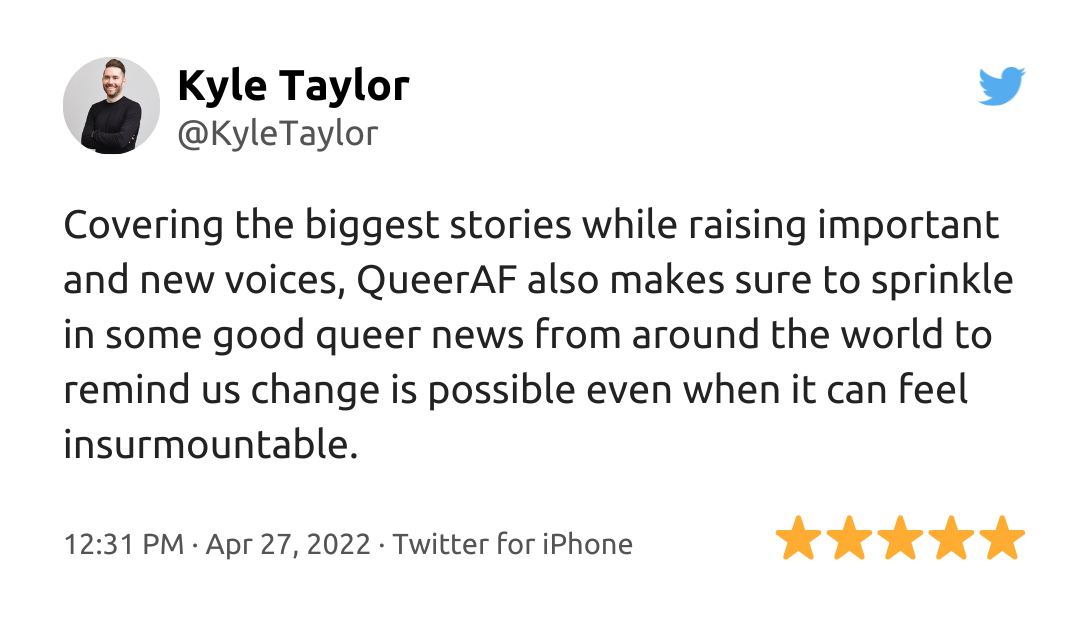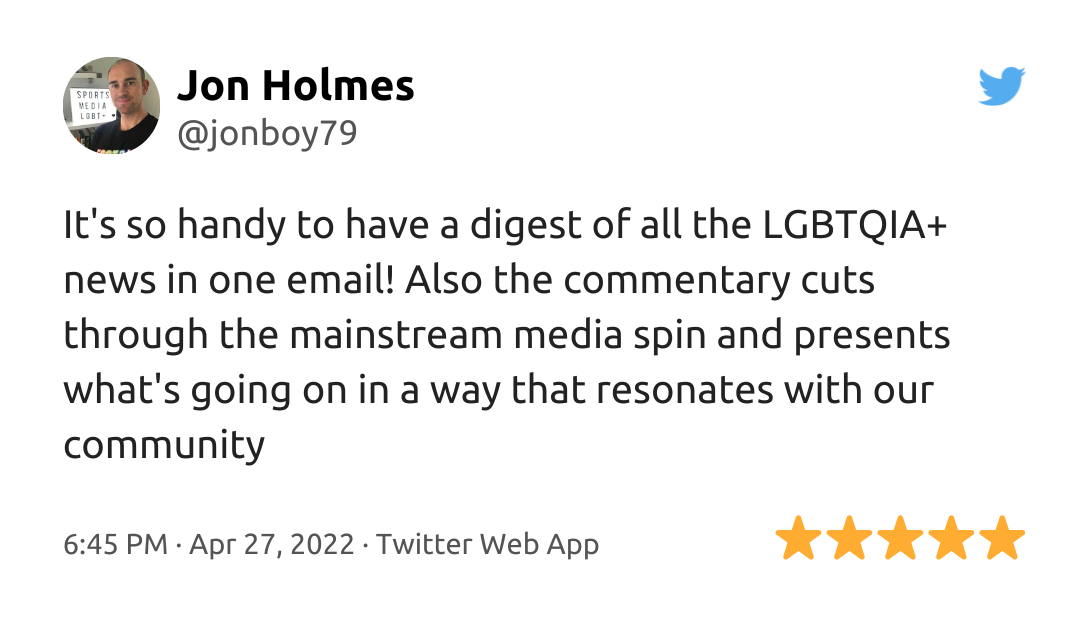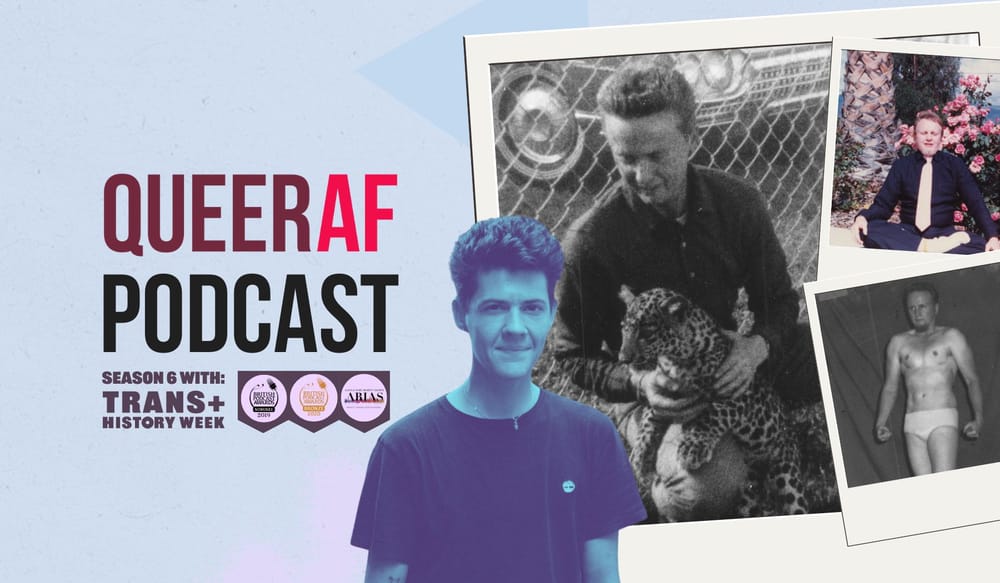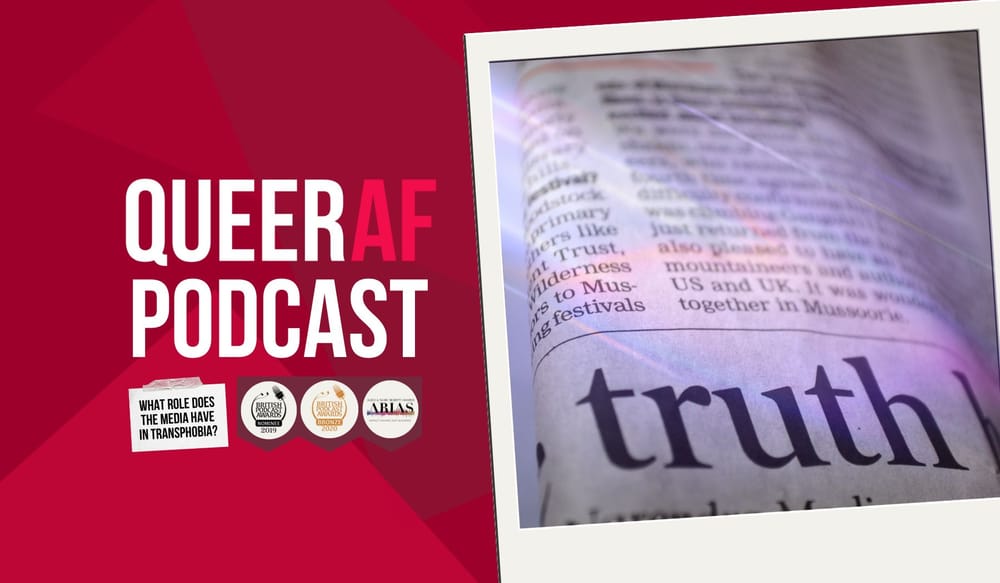
Aya Kamikawa is the first out transgender politician in Japan, she is making history - right now. She's been instrumental in LGBTQIA+ rights in the country, including helping pass one of Japan’s first ordinances banning discrimination on the basis of sexual orientation, gender identity, ethnicity, or nationality in Setagaya. Her story is the reminder, even on person can have, in the fight for a better society.
Sometimes when you take a leap of faith, there’s a crowd waiting to carry you. That is the lesson I think of when considering activist and politician Aya Kamikawa, the first openly transgender person to run for—and win—an elected office in Japan.
Since her dramatic and unexpected victory in 2003, Kamikawa has been a staple of Tokyo’s local politics, currently serving her sixth consecutive term as a champion for the rights of minorities from the LGBTQIA+ community to single mothers, immigrants, and people with disabilities.
I first learned about Kamikawa in high school; I remember reading a short Wikipedia entry on her election and thinking, “we’re really living through history.”
I couldn’t have guessed that, fast forward fifteen years, I’d be messaging her on Facebook, shyly asking for an interview. (“How very Japan,” I thought, “that a famous politician will chat with you on Facebook.”)
Kamikawa told me in a short exchange she was unfortunately, too busy with the new congressional season. Luckily for me, her 2007 memoir, The Courage to Change is a bastion of knowledge on her life, and impact.
It’s a small, soft paperback that nestles warmly in the palm of my hand. But it’s a beautiful book that made me tear up at times as I read it in my office cubicle. In a kind and reflective voice, Kamikawa narrated her childhood and early life experiences that led to her run for office.
Kamikawa’s Daunting Road to Acceptance
Kamikawa was born in Asakusa, Tokyo in 1968, a time when mainstream society provided little understanding or guidance for queer youth.
As she writes in her memoir, Kamikawa sensed from childhood that she was different from her brothers. She felt deep discomfort and misery with her body and sexuality, a feeling which worsened as she experienced puberty.
Like many queer youth past and present, she worried that she would never fit into ‘normal society’ like her peers. Despite these internal struggles, Kamikawa also enjoyed close relationships with her family and schoolmates at her high school, which, despite being all-boys, had a free and easy-going atmosphere.
Many around her seemed to have the intuition that she was different. She explained in her memoir how they embraced her for her gentle personality and mannerisms, and ultimately Kamikawa had a happy childhood despite her hidden struggles.
After graduating from high school and university, Kamikawa lived for about five years as a white collar office worker until she finally found her gender dysphoria and stressful work life intolerable. By 1998, Kamikawa had begun transitioning and finally embracing her identity as a woman.
Throughout her early transitioning journey, many of the hardships of Japan’s transgender community quickly became apparent. At this time, Japan provided no avenue for transgender people to legally transition, which meant Kamikawa’s I.D. and family registry still listed her in the wrong gender.
Though Japan passed a law in 2003 to allow gender change, the policies have remained so restrictive that many transgender people face similar problems in their day-to-day lives now as then.
Trans+ folk have trouble renting apartments, accessing hospitals (even in sometimes life-or-death situations), and entering voting booths for fear of being misgendered and discriminated against.
For these reasons, Kamikawa became involved in queer social movements and petitioned members of parliament in support of trans rights.
Upon meeting Representative Satoru Ienishi, a haemophiliac patient who had become a politician and activist after contracting HIV due to improperly treated blood products, Kamikawa also began to feel a need to speak publicly and without anonymity to effect change.
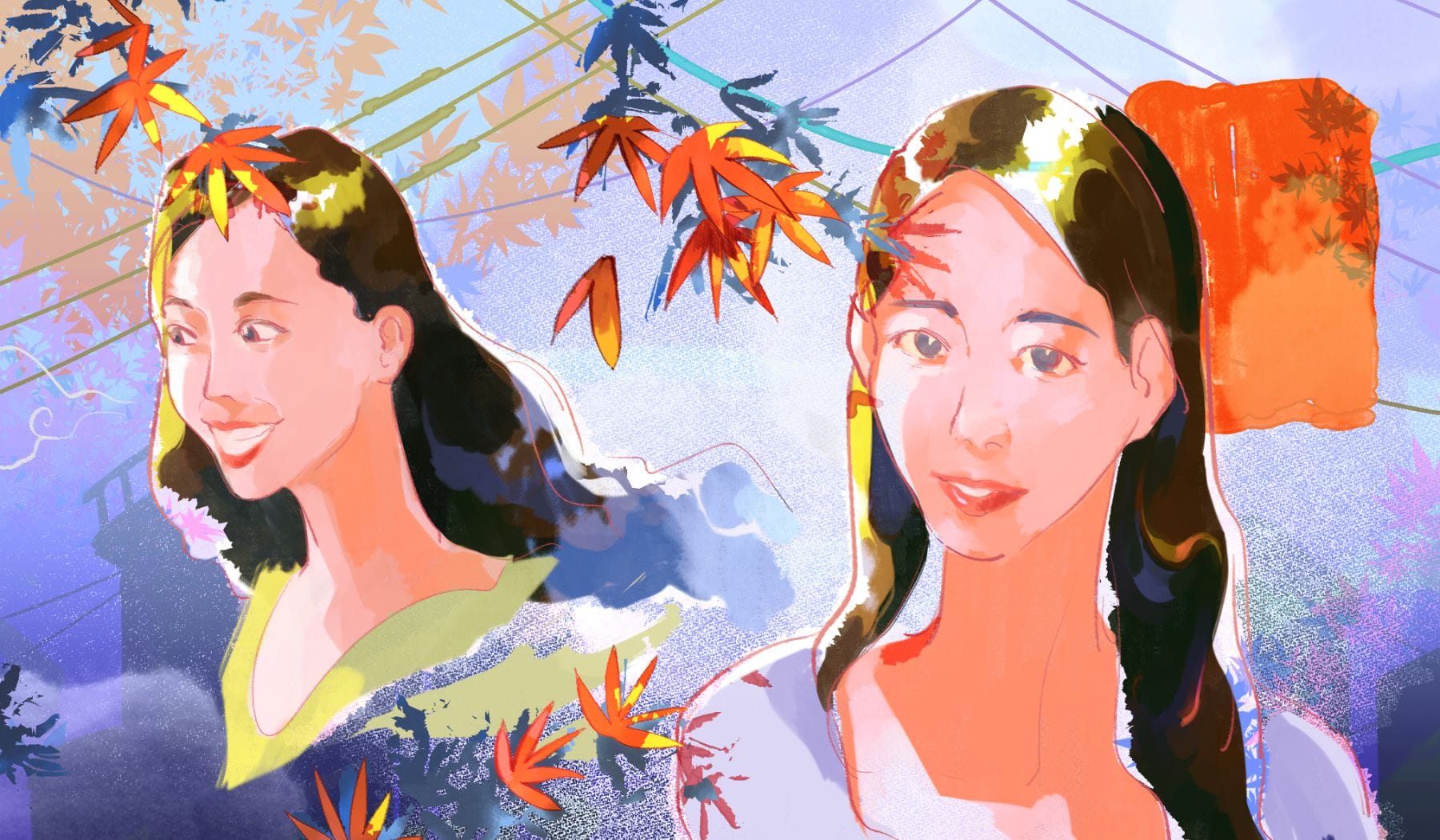
🎨 Artwork description, by Isabel Li
"Portraits of Aya Kamikawa, the first openly transgender person to seek or win elected office in Japan. I have only recently been learning more myself about Trans+ and Queer histories in non-western societies, and so Aya's story introduced me to the specific history of Trans+ activism in Japan. As a politician representing the Setagaya ward, I wanted to situate her portraits against the backdrop of maple leaves and urban telephone poles, as well as a nod to the cover of her memoir... Overall, I wanted to capture the vibrancy and joy she provides as a champion of Queer rights -- I hope this work allows more people to hear about Japanese Trans+ history and reminds us to celebrate moments of progress and joy."
In early 2003, after consulting friends, her partner, and her family, Kamikawa made the difficult decision to run for office on the Setagaya City Council. It would mean coming out to the world as a transgender woman.
Reflecting on her decision, Kamikawa writes: “I was crying on the inside. I was about to expose my truth to countless people when heretofore I’d only told my closest transgender friends and my family. I was afraid to open my wound and show people. I didn’t welcome it, but I had to do this to achieve my goal.”
During her campaign over the next months, Kamikawa made numerous speeches on the city streets. At first, the public response was chilly. Frequently, she faced invasive questions or cruel comments from gawking passersby.
As time went on, however, her campaign team received a massive groundswell of volunteers, huge media attention, and increasingly positive fanfare from the crowds.
Finally, on the morning of April 27th, the election results announced that Kamikawa had come in 6th place out of seventy-two candidates, winning her seat on the council by a landslide. It was a watershed moment for LGBTQIA+ rights in Japan and a proud moment for Kamikawa and her family.
“I’ll never forget what one woman around the same age as my mother told me,” Kamikawa writes in her memoir of the crowd’s reaction to her win. “[She said,] ’I wondered what people would think about you, but it seems they truly see who you are. I’m glad the world has not abandoned you.’”
Since her initial victory in 2003, Kamikawa has served on the Setagaya City Council for over two decades. True to her original motivations for running, she has consistently worked to improve the rights of many minorities living within her ward including women, children, the elderly, and those with disabilities.
In 2015, she also played a key role in pushing for her local government to introduce a "partnership system” allowing same-sex couples to register their relationships legally.
In November that year, Setagaya and its neighbour Shibuya consequently became the first local governments in Japan to recognize queer relationships in this manner. The policy has since spread to hundreds of local governments across Japan, and many hope it is a precursor to same-sex marriage.
She also helped to pass one of Japan’s first ordinances banning discrimination on the basis of sexual orientation, gender identity, ethnicity, or nationality in Setagaya.
What can we learn from this history?
The work Kamikawa and her colleagues are doing is deeply meaningful in Japan, a country where physical violence is rare but less visible forms of violence such as ostracization and workplace discrimination are rampant.
Transgender people in particular, have often been pushed to the margins of society and taken jobs in entertainment and nightlife industries in order to survive. The country has been slow to pass legislation that would protect and empower the most vulnerable among us.
It is hard not to feel moved reading Kamikawa’s story: a woman who, despite her fear, made herself vulnerable and was embraced for it. Many of us who are queer have been hurt and rejected in our lives, sometimes even by the people closest to us.
Kamikawa’s story is a reminder that, if we can find the strength to stand up and step out into the world again, we might find that the very best will happen, that kindness will be returned, that people will listen and join hands with you.
As we continue to push for greater LGBTQIA+ rights and acceptance all across the world, it is important to be resilient in the face of setbacks and to believe that sometimes, the world will exceed your expectations.
Everyday, I hope I can be as brave.
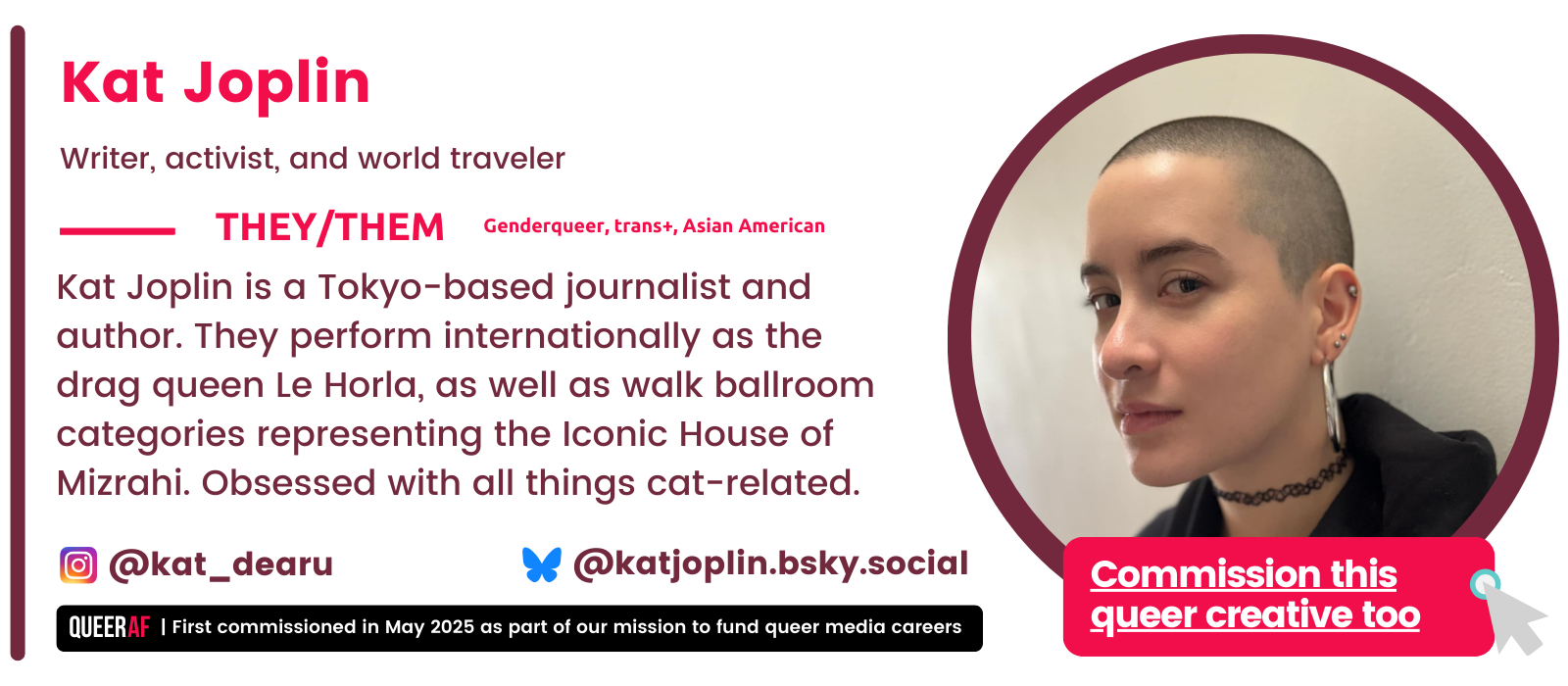
Looking back at your own history, what moment stands out as a time when you said: "I just had to?"
Kamikawa, who is fighting for the rights of LGBTQIA+ people in Japan - as you read these very words - tells us so much about the fight ahead:
That even when we're crying on the inside, even when it feels like the odds are stack against us - that, even when no-one else has taken the first step: We can achieve safety, security and better laws for our community.
Trans+ History Week is here to play it's part in the fight back against anti-trans narratives - by investing in Trans+ creatives, to tell history stories.
Stories, with lessons that help us in the march ahead. And that's where we need your help. Information is a tool for liberation, and we need to escalate the work we're doing here at QueerAF with Trans+ History Week - so more people can access it, and use it in the fight ahead.
QueerAF's biggest source of revenue is from readers like you and our newsletters are ad-free. It helps us focus on our work, instead of chasing clicks for advertisers.
This week, we're running a sale on our most popular membership - to make it super easy to support our work, and award-winning journalism. So please upgrade now. Help us invest in Trans+ creatives to give our community the history lessons it needs - to win the fight back.

